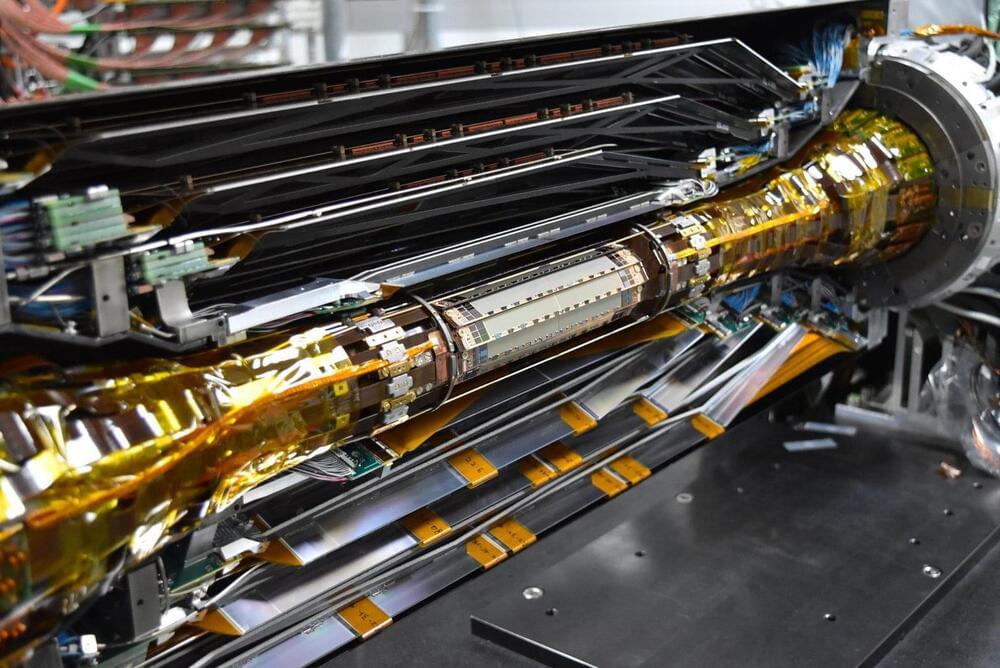The Belle II cooperation project at the Japanese research center KEK is helping researchers from all over the world to hunt for new phenomena in particle physics. The international experiment has now reached a major milestone after a team successfully installed a new pixel detector in its final location in Japan.
The size of a soda can, the detector was developed in order to make out the signals coming from certain types of particle decays, that can shed light on the origin of the matter–antimatter asymmetry that has been observed in the universe. The installation ran without a hitch and is a key milestone in the evolution of the experiment and German–Japanese research collaboration.
Based at the SuperKEKB accelerator in Japan’s KEK research center, Belle II is an international collaborative project involving researchers from all over the world. The experiment aims to find answers to the many unresolved questions about the universe that are out there. To this end, the 1,200 or so members of the international Belle II collaboration are searching for signs of new phenomena in physics and unknown particles not covered by the established Standard Model of particle physics.
